Recent scientific research has revealed multiple proven approaches to reverse skin aging and wrinkles. You'll find strong evidence supporting DNA-level treatments like dihydromyricetin (DHM), which reduces DNA methylation age in skin cells by 2-3.7 years. Chemical cocktails, including the VC6TF combination developed at Harvard Medical School, have shown remarkable results in reversing cellular aging in less than a week. Red light therapy offers a non-invasive option that stimulates collagen production and enhances skin healing through increased ATP production. These breakthrough discoveries represent just the beginning of what's possible in modern anti-aging science.
DNA Rejuvenation Breakthrough
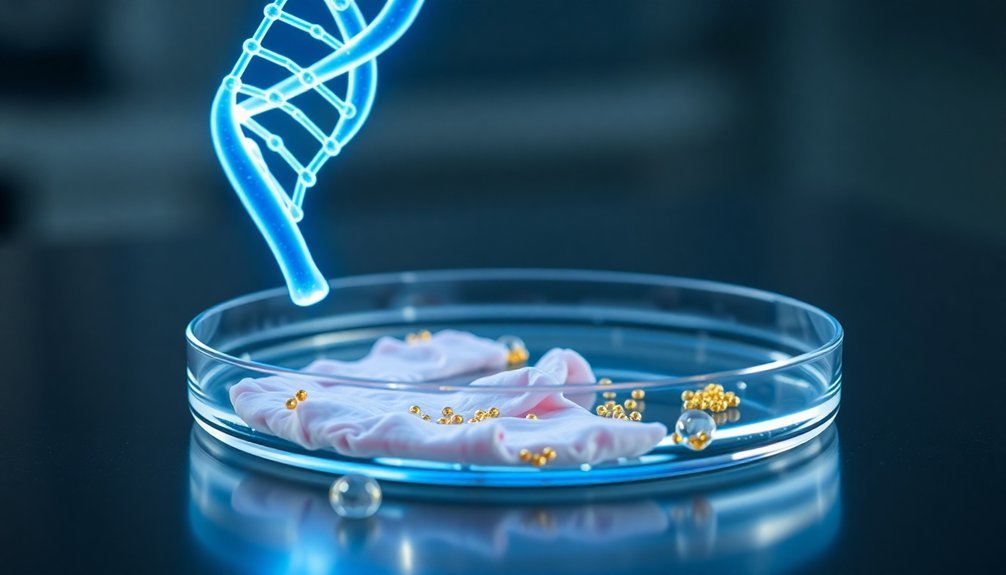
Recent breakthroughs in DNA rejuvenation research have revealed promising pathways for reversing skin aging at the cellular level. Scientists have discovered that Dihydromyricetin (DHM) can effectively reduce DNA methylation age and predicted wrinkle grade, demonstrating cellular rejuvenation of 2-3.7 years in keratinocytes.
DHM works by inhibiting DNMT1, which leads to global hypomethylation and reactivates genes that become suppressed with age. This process directly impacts DNA methylation patterning, a key marker of aged human skin that's associated with impaired tissue function and irregular gene expression. Studies show that approximately 2% of CpG sites exhibit age-related changes in methylation patterns.
The research utilizes specialized tools like the Skin & Blood clock and human epidermis clock to measure these age-related changes.
What's particularly exciting is that partial reprogramming techniques can now shift gene expression patterns to a more youthful state without completely reverting cells to a pluripotent condition. This targeted approach means you're getting the benefits of cellular rejuvenation while maintaining the cell's essential functions.
These findings aren't just theoretical – they're supported by measurable changes in cellular age markers, opening new possibilities for anti-aging treatments that work at the DNA level.
Chemical Cocktails Combat Aging
Science's latest breakthrough in aging reversal centers on powerful chemical cocktails that can restore aging cells to a more youthful state. These innovative combinations, featuring 5-7 agents including Valproic acid, Tranylcypromine, and Pramipexole, target your cells' epigenome without requiring gene therapy.
You'll find the most potent formula, known as VC6TF, contains a precise blend of Valproic acid, CHIR-99021, 616452, Tranylcypromine, and Forskolin. This cocktail works by altering nucleocytoplasmic protein compartmentalization rates, effectively turning back your cellular clock in less than a week. The groundbreaking research was led by Harvard genetics professor David Sinclair and his team.
The discovery builds on Nobel Prize-winning research and offers hope for treating age-related conditions you might face, from Alzheimer's to cardiovascular disease. What makes this breakthrough particularly exciting is that it's potentially more accessible than traditional gene therapy approaches.
Before you'll see these treatments available, they'll need to complete rigorous clinical trials. However, the research shows promising results – these cocktails can reverse aging without triggering cancerous effects, suggesting that age-related health decline isn't as inevitable as once thought.
The implications could revolutionize how you approach aging and age-related diseases.
Red Light Transforms Skin
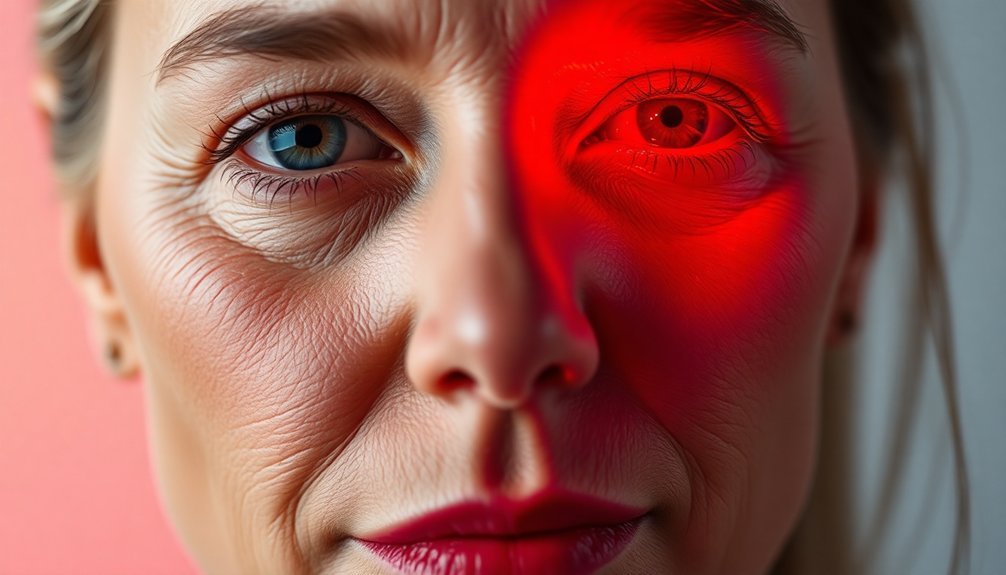
While chemical cocktails work from within, red light therapy (RLT) offers a non-invasive approach to skin rejuvenation. When you expose your skin to red light wavelengths, they penetrate deep into your tissues, triggering increased production of ATP in your cells' mitochondria. This boost in cellular energy accelerates your skin's natural healing processes and stimulates collagen production.
You'll find that RLT's benefits are well-documented in clinical studies. Research shows it substantially reduces wrinkles while improving skin elasticity through enhanced fibroblast activity. Hair growth results have also been documented with regular use of RLT.
The therapy works by stimulating these specialized cells to produce more collagen and elastin fibers, giving you firmer, more youthful-looking skin. You'll also notice improved skin texture and tone as RLT enhances circulation between blood and tissue cells.
What makes RLT particularly appealing is its safety profile. You'll face minimal risk of side effects when following proper treatment guidelines. While you can find FDA-cleared devices for home use, you'll want to consult a healthcare professional before starting treatment.
They can help you determine the most effective approach, whether using RLT alone or combining it with other anti-aging treatments.
Frequently Asked Questions
How Long Do Anti-Aging Results Last After Treatment Is Discontinued?
Your anti-aging results will typically last from one month to several months after stopping treatment. Topical treatments can last longer, while light-based treatments fade within a month without maintenance sessions.
What Are the Potential Risks of Combining Different Anti-Aging Therapies?
When you combine anti-aging therapies, you'll risk increased skin sensitivity, allergic reactions, and reduced treatment effectiveness. You're also more likely to experience irritation, prolonged recovery times, and potential long-term health complications.
At What Age Should Someone Start Preventative Anti-Aging Treatments?
You should start basic anti-aging care in your mid-20s, though you can begin as early as 15-16 if you have fair skin. Don't wait for wrinkles to appear – prevention is more effective than treatment.
Can These Treatments Reverse Deep-Set Wrinkles From Decades of Sun Damage?
Yes, you can reduce deep-set wrinkles from sun damage through a combination of treatments like retinoids, laser therapy, and chemical peels. While complete reversal is challenging, you'll see significant improvements with consistent treatment.
How Do Genetics Influence the Effectiveness of These Anti-Aging Treatments?
Your genetic makeup directly affects how well anti-aging treatments work for you. Some people naturally respond better to treatments due to their DNA's influence on collagen production and cellular repair mechanisms.
In Summary
You'll find these scientific breakthroughs encouraging if you're concerned about aging skin. Through DNA repair, chemical therapies, and red light treatments, you're now looking at real possibilities for reversing wrinkles. While research is ongoing, you've got solid evidence that aging skin isn't a one-way street. You're living in an era where science is making significant strides in understanding and treating skin aging.
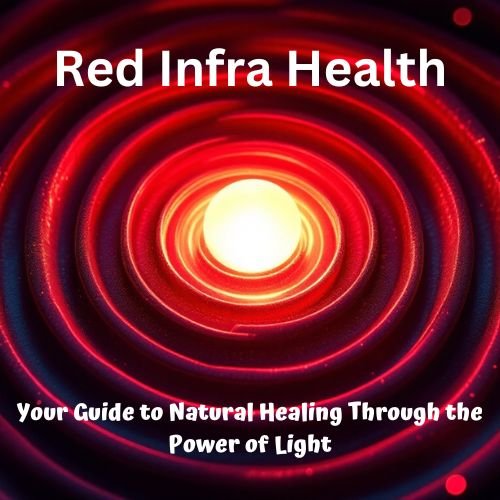
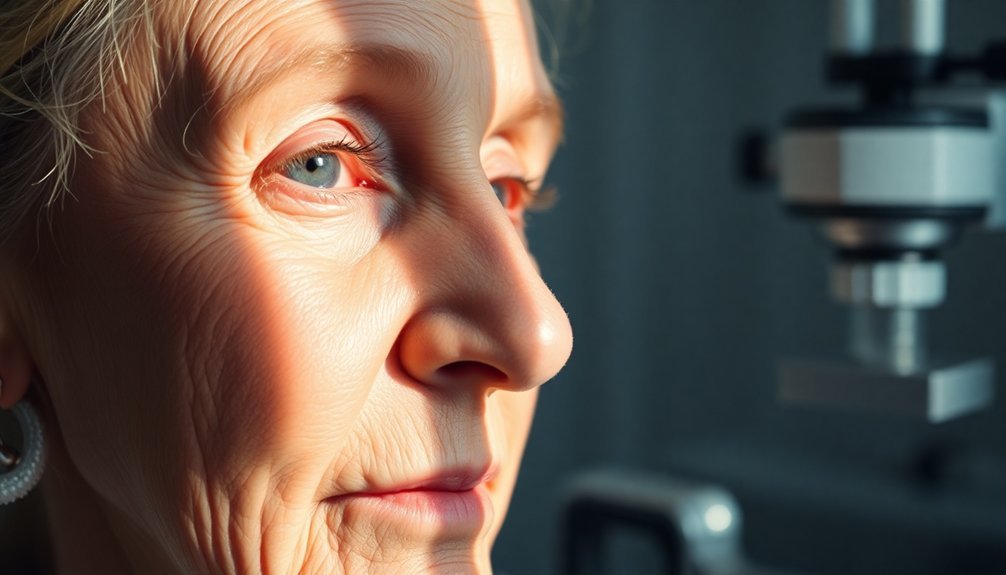


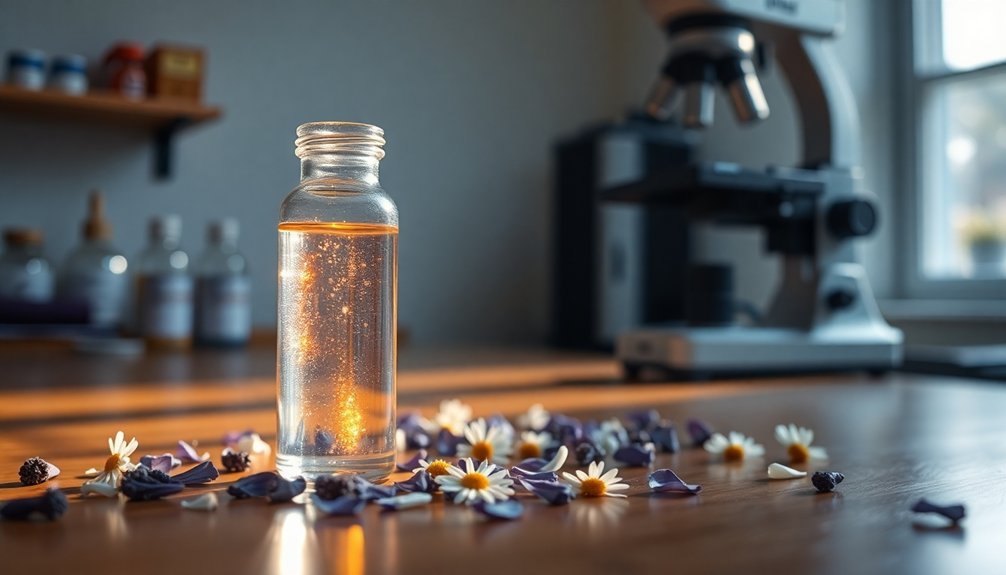
Leave a Reply